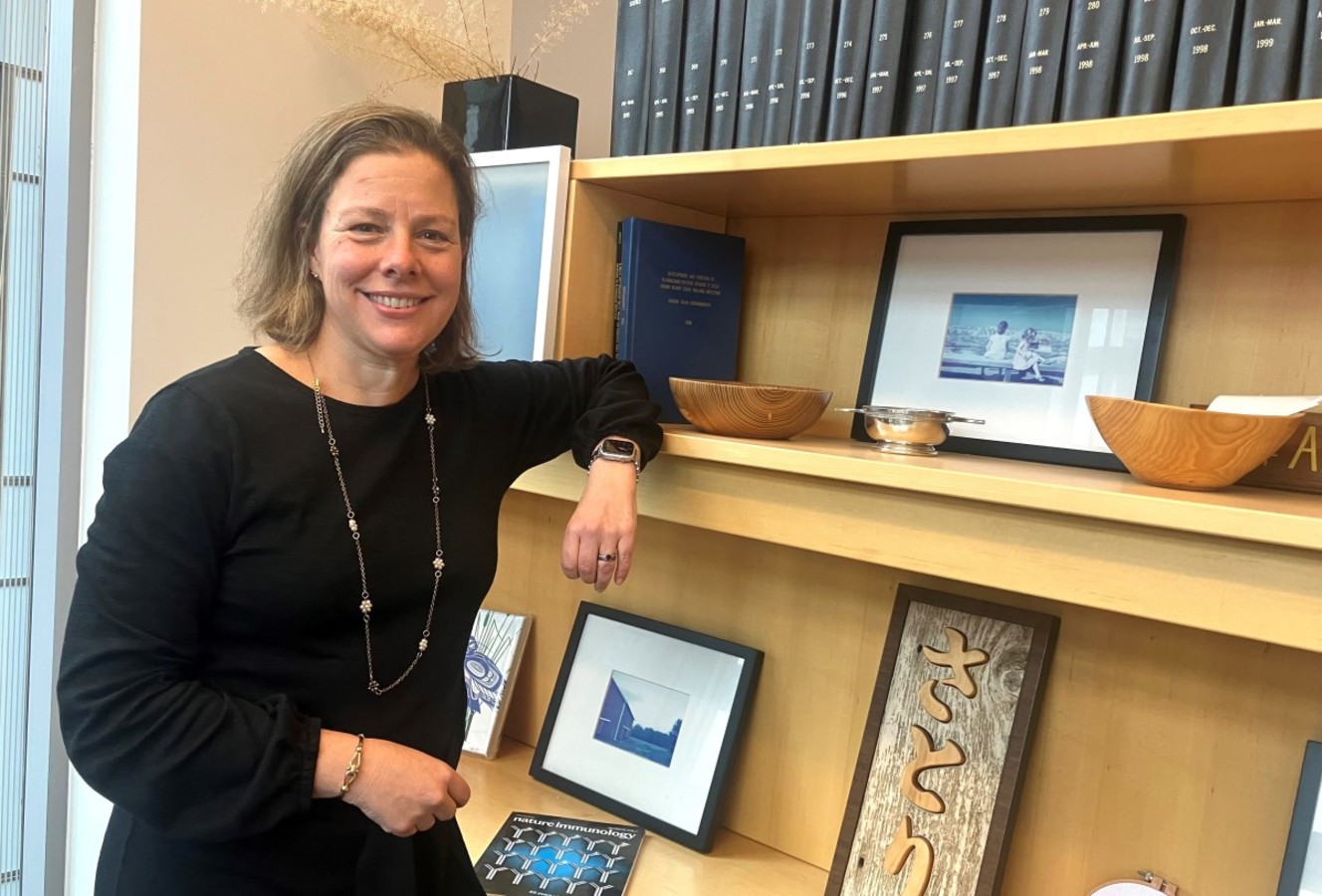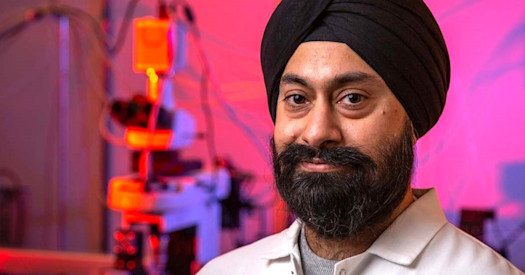 Dr. Marion Pepper: I think all the pieces are here. We will strive to optimize each of these pieces and begin to integrate them over the next five years.
Dr. Marion Pepper: I think all the pieces are here. We will strive to optimize each of these pieces and begin to integrate them over the next five years.
What is your role in the Seattle Hub for Synthetic Biology?
The overall goal of this initiative is to create cells that can interpret the state of the body and, perhaps, eventually, fix things that are wrong or are perceived as aberrant. In my mind, the most appropriate cell to initiate such a system is an immune cell, because the immune system is involved all aspects of human health.
Immune cells are also already capable of migrating around the body looking for an infection or something that has gone awry – we are trying to build on this ability by learning what they have encountered, how they responded and if we can reprogram them to respond even better.
My job is to start strategizing about how we can apply some of the technology development strategies that we are talking about to immune cells and issues of human health. Also, being chair of the UW Medicine Department of Immunology, and being connected to the broader Seattle immunology community, made it easy for me to connect many of the different researchers involved in developing this project.
This is an extraordinary scientific undertaking – building new technologies to record the history of cells over time. Can this be accomplished in only five years?
I don’t think we’re going to have cells capable of fixing something like fibrosis in five years, but I think we will make significant strides in developing the individual technologies needed to accomplish this feat.
Some of these technologies are already being optimized in the Shendure and Trapnell labs, while labs in immunology continue to reveal the biology needed to apply these technologies. Collaborative labs like the Baker lab in the UW Institute for Protein Design are already developing de novo signaling molecules needed to link cell sensing to cell recording.
Seattle is also a leader in engineering immune cells because of the ongoing development of cell therapies associated with cancer treatments. I think all the pieces are here. We will strive to optimize each of these pieces and begin to integrate them over the next five years. We definitively won’t have a cell that can be programmed to act as a therapeutic at the end of five years, but we will be working on the foundational technologies and the biological understanding needed to accomplish this moonshot.

